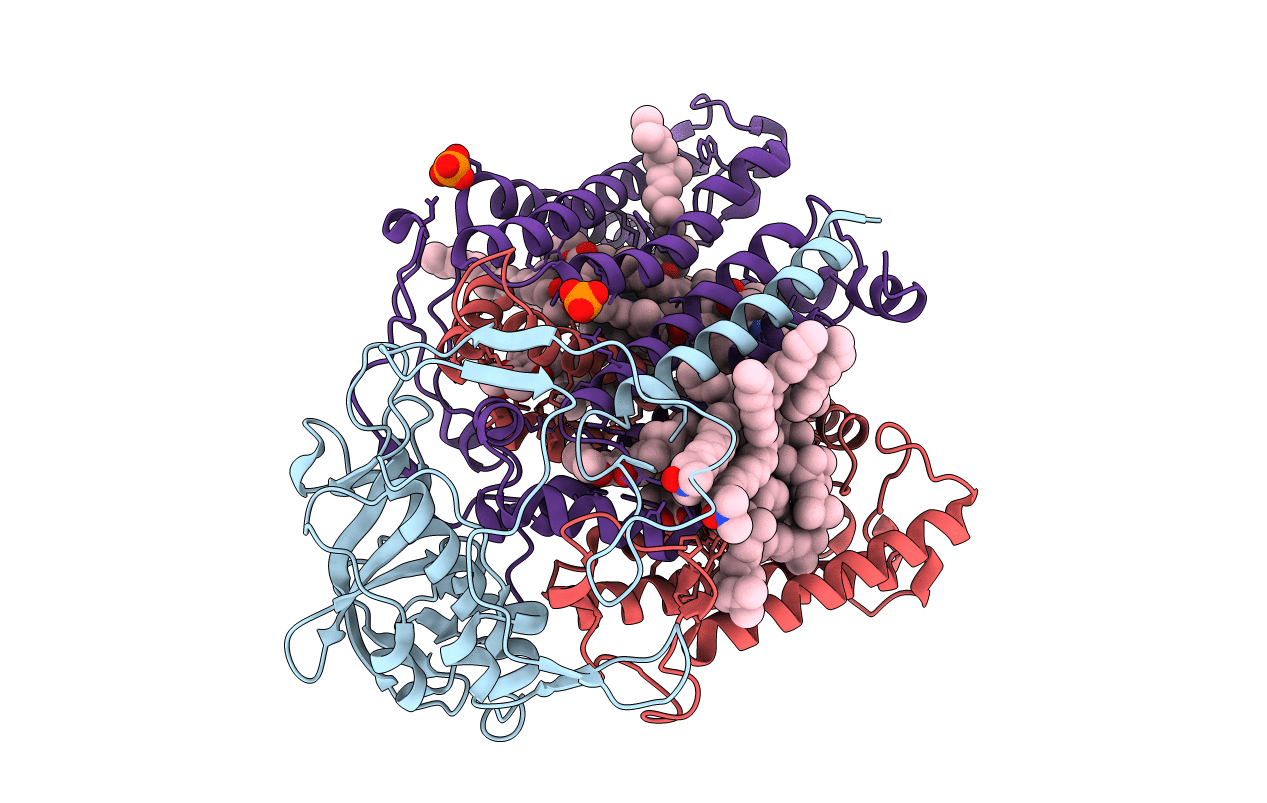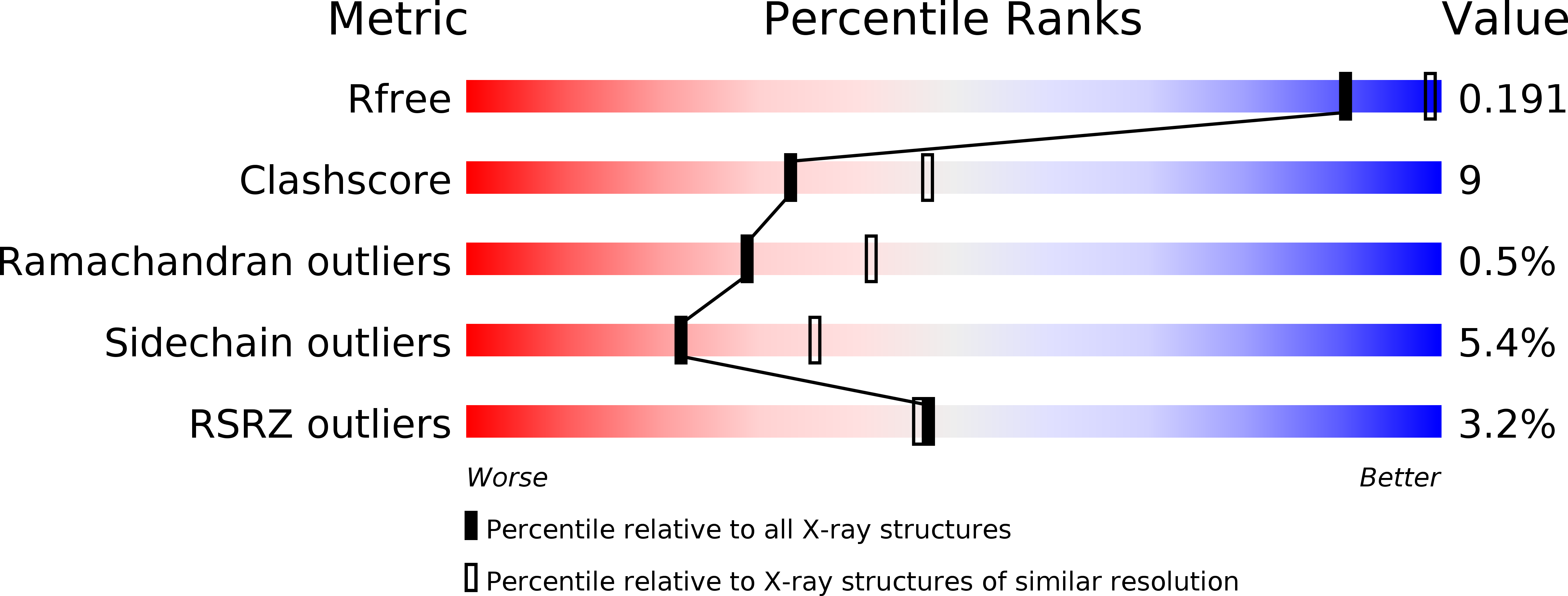
Deposition Date
2005-04-15
Release Date
2005-05-20
Last Version Date
2024-05-01
Entry Detail
PDB ID:
2BOZ
Keywords:
Title:
Photosynthetic Reaction Center Mutant With Gly M203 Replaced With Leu
Biological Source:
Source Organism:
RHODOBACTER SPHAEROIDES (Taxon ID: 1063)
Host Organism:
Method Details:
Experimental Method:
Resolution:
2.40 Å
R-Value Free:
0.19
R-Value Work:
0.17
R-Value Observed:
0.17
Space Group:
P 31 2 1


